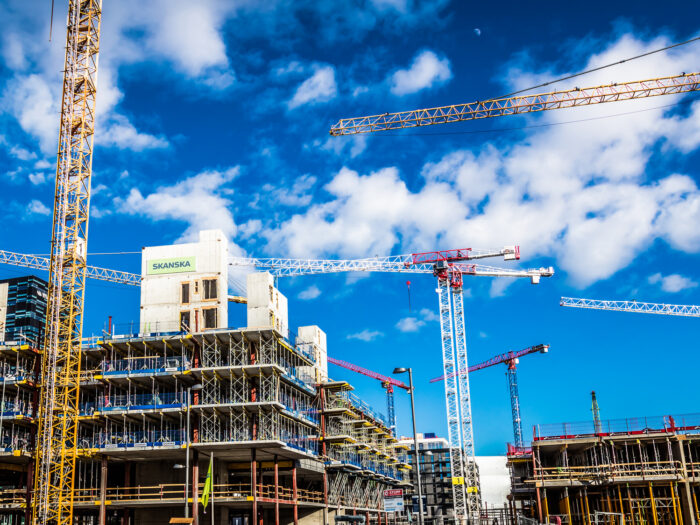Building efficiency renovations are modifications to existing buildings that improve their energy efficiency. When successfully implemented, such renovations can cost-effectively reduce carbon emissions while also improving local economic development, air quality, and public health.
The best practice for cities pursuing a renovation strategy is to follow four major steps: assessment, development, implementation, and improvement. With each step, cities must make important decisions regarding stakeholders to include, groups of buildings to be renovated, costs and benefits to be factored, among many others. This learning guide provides guidance to cities interested in building efficiency renovations on how to follow such steps and most appropriately make the above decisions, all while highlighting case studies of cities that preceded them.



